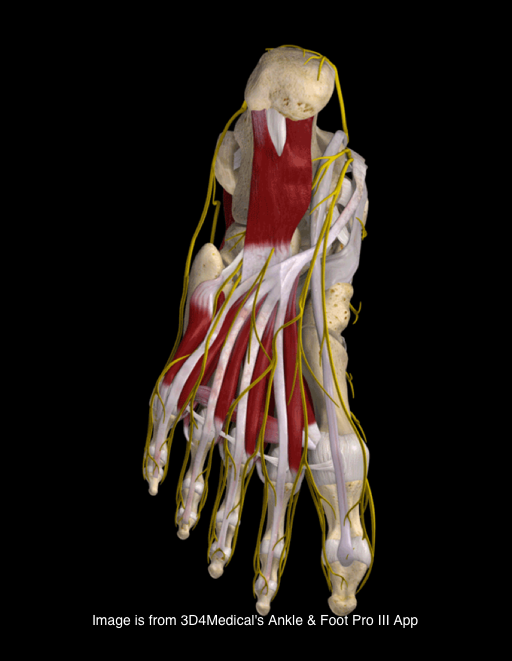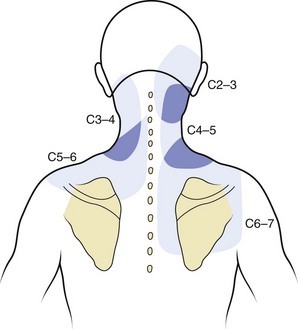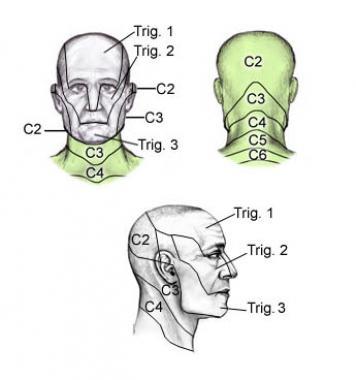The Calcaneo Cuboid Locking Mechanism
Needle those Peroneii!
The Calcaneo Cuboid Locking Mechanism
Do you know what this is? You should if you treat folks who walk or run!
It is the mechanism by which the tendon of the peroneus longus travels behind the lateral malleolus of the ankle, travels underfoot, around the cuboid to insert into the lateral aspect of the base of the 1st . . .
Posted in: calcaneocalcaneo cuboidcalcaneocuboidcalcaneuscuboiddeep needlingdry needling instructionfibersgaitgastroclockinglocking mechanismmechanismneedlingnerveperoneusperoneus longusrehabrehabilitationsensorysoleustpdn
What do you know about Ia afferents?
If you needle, you should know plenty...
This is a nice study looking at lateral gastroc activity and changing firing patterns with speed of movement. Great if you treat anyone or anything that walks...
Ia afferents
You remember them, large diameter afferent (sensory) fibers coming from muscle spindles and appraising the nervous system of vital . . .
Posted in: afferentsankledeep needlingdysfunctionfiberfibersgaitgastrocgastrocnemiuslargelarge diameter afferentsmuscleneedlingnerveppdsensationsensorysensory nerve fiberssoleustrigger point dry needling seminars
The SCM and Gait
We remember that we have 3 systems that keep us upright in the gravitational plane: The visual system, The vestibular system and the proprioceptive system. As we age, we seem to become more dependent upon the visual system to maintain stability of the head (which is largely under the purview of the vestibular system). Older folks seem . . .
Posted in: acupuncturecleidodry needling coursedry needling instructiondry needling seminareducationgaitmastoidneedlingscmsternosternocleidomastoidtpdntrigger point dry needling instructiontrigger point dry needling seminarstrigger point seminar
More QT on the QP....
Needle, needle, needle....
You may have seen my last post on the QP. If not, see here.
"Thus, the tendon and tendinous slips of the FHL may distribute the load of the great toe to the second toe to the third or fourth toe in the forefoot, especially during toe-off. In addition, the main attachment of the QP to the tendinous slips of the FHL may provide . . .
Posted in: footgaitintrinsicsneedleplantaeqpquadrates plantaequadratustrigger point dry needling seminar
The QT on the QP
Quadratus Plantae
Possibly heard of, rarely implicated and not often treated, this is one muscle you should consider taking a look at.
 The quadratus plantae is generally considered to arise from two heads of differing and variable fiber type composition, with the lateral head having slightly more Type 1 endurance fibers (1) The two . . .
The quadratus plantae is generally considered to arise from two heads of differing and variable fiber type composition, with the lateral head having slightly more Type 1 endurance fibers (1) The two . . .
Posted in: 1st mtp1st rayflexorflexor digitorum longusfootintrinsicsplantaequadrates plantaequadratustrigger point dry needling seminar
The Rectus Capitis Posteriors
The rectus capitis muscles are often implicated as causing suboccipital headaches, 
but, as you can see, the trigger point referral pattern is over the ear or in a "sunglass" pattern, as we often teach in our dry needling seminars.


That is not to say . . .
Posted in: capitisdysfunctionheadacheheadachesinferiormajorminormusclesneckobliquusobliquus capitis inferiorposteriorrectus capitis inferiorsuboccipitalsuboccipital musclessuperior
The Tib Posterior
Posterior tibialis tendinitis is a primary soft tissue tendinopathy of the posterior tibialis that leads to altered foot biomechanics. Although the natural history of posterior tibialis tendon dysfunction is not fully known, it has mostly been agreed that it is a progressive disorder.(1)
 The tibialis posterior originates from the . . .
The tibialis posterior originates from the . . .
Posted in: needlingposteriorposterior chaintibialistibialis posteriortpdntrigger point dry needling seminars
Cover image credit: http://wallpapershacker.com/skulls_sketches_skeletons_spine_drawings_hd-wallpaper-1015286/
